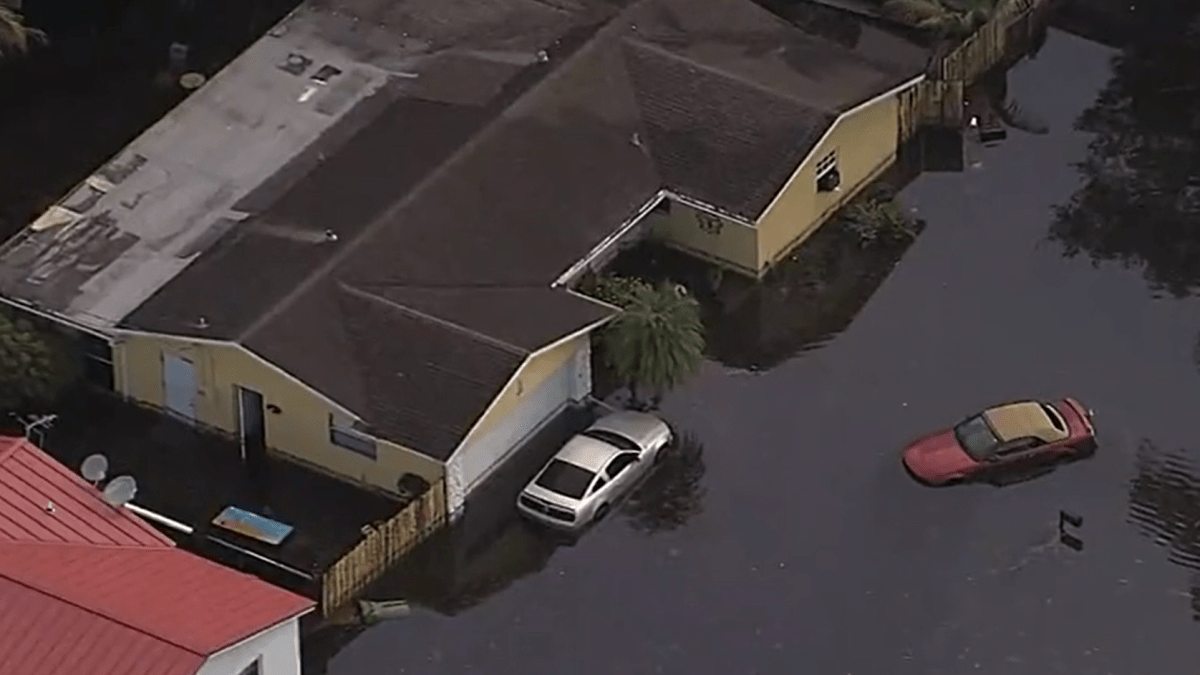At first glance, cars damaged in recent rains might be considered total losses, but in the past many flooded vehicles have come up for sale in our area.
“Unfortunately, there is no law requiring the seller to tell you that this car was flooded,” says Eddie Garces, national account manager for Carfax, the company that provides vehicle history information to individuals and businesses. Garces explains that when a car is flooded and has full coverage, the insurance reports it, but if a driver doesn’t have insurance, they sometimes clean it up and try to sell it without reporting the damage.
“A huge danger because the airbags can fail. In other words, water can affect not only the appearance of the car, but also the brake system, airbag system, computer system. I mean, there’s a lot of likely failures and problems I can cause. That’s why it’s not just an economic issue, it can also be a security issue,” says Garces.
He says that even if the owner cleans it well before selling it, there are ways to tell if a car has been submerged. “First you have to look at the carpets to see if there is mud or mud which shows that it has been flooded. Also the screws underneath, the pedals to see if they are rusty. In the engine , we can also see if screws or engine components have been oxidized, especially in the computer module, which is the brain of all the electronic systems of the car, “explains Garces. In addition, the bulbs or the dashboard may show signs of moisture or the spare wheel may show signs of water or rust.” Sometimes even on the door panel you can see a line of water which maybe if they don’t l haven’t cleaned, it means that this car was flooded”, adds Garces.
Before buying a car, they recommend having it checked out by a trusted, certified mechanic. Carfax, on the other hand, has a free tool that tells you if the car you’re about to buy has been reported as flooded. You can go to www.carfax.com/flood and enter the vehicle identification number or VIN.

